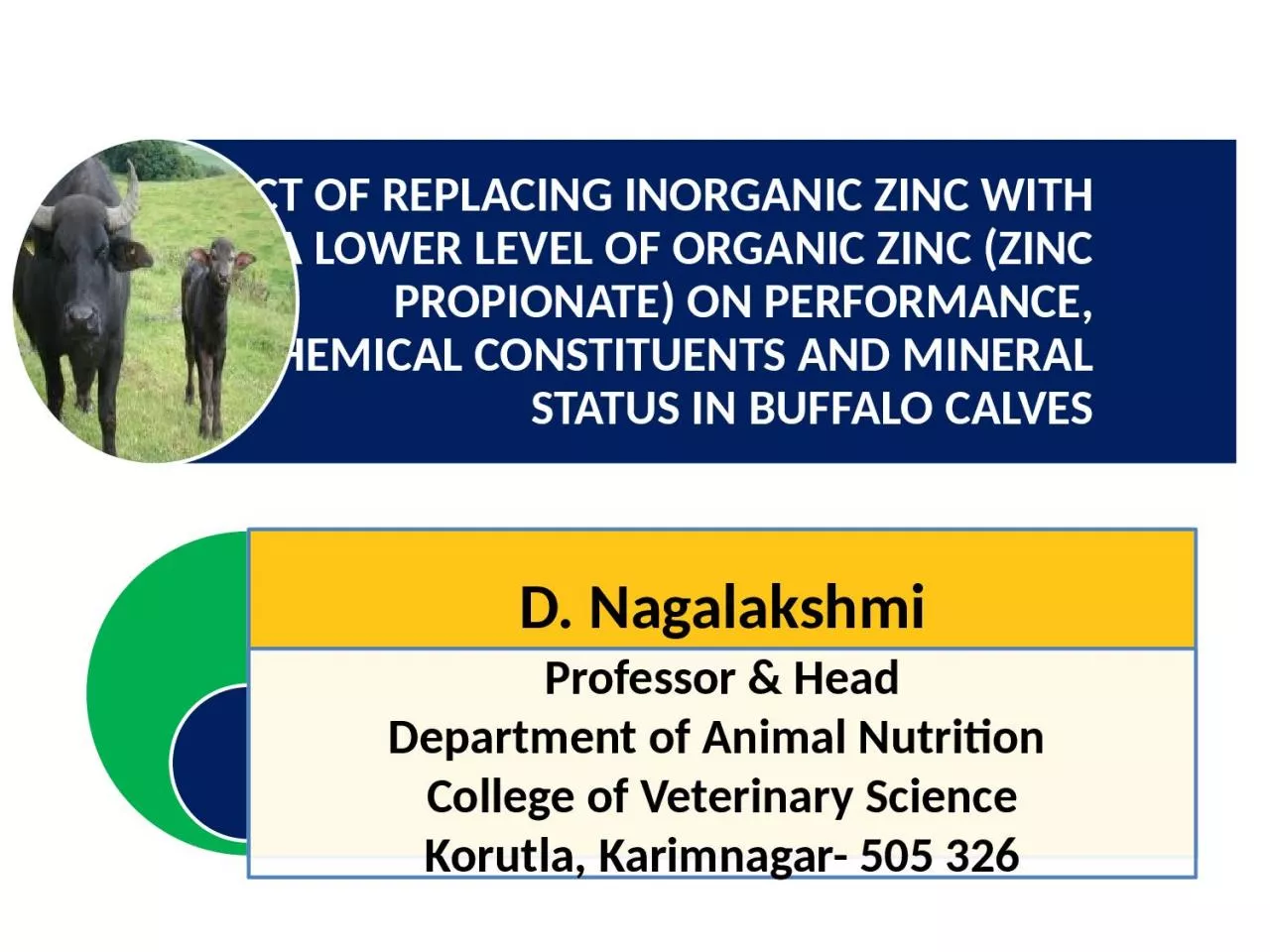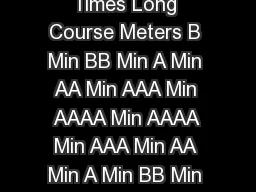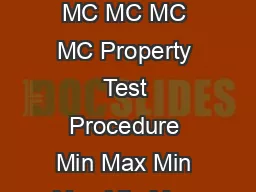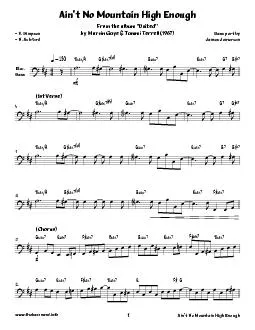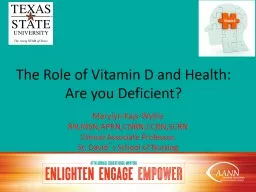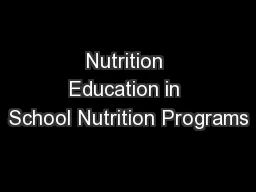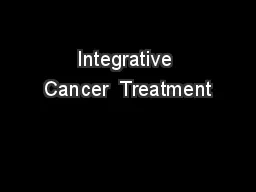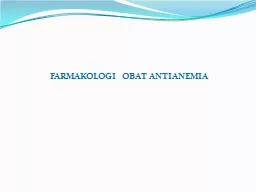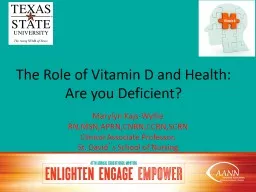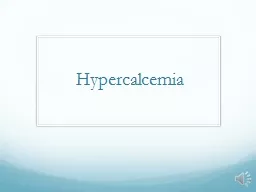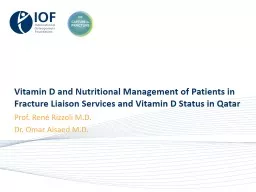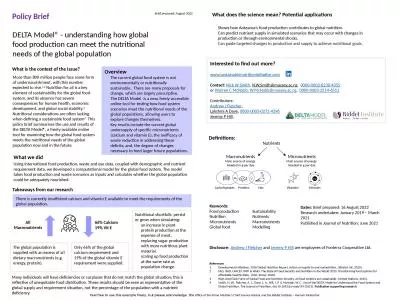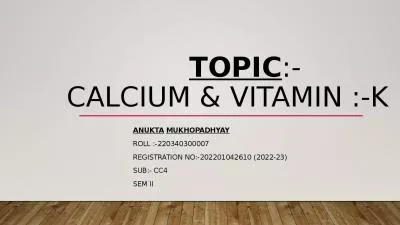PPT-Nutrition Min. & Vit
Author : lily | Published Date : 2022-06-11
deficiency affect the appetite growth immunity amp reproduction Trace mineral deficiency Zn Se Mn amp Cu ovarian inactivity decreased immune response amp growth
Presentation Embed Code
Download Presentation
Download Presentation The PPT/PDF document "Nutrition Min. & Vit" is the property of its rightful owner. Permission is granted to download and print the materials on this website for personal, non-commercial use only, and to display it on your personal computer provided you do not modify the materials and that you retain all copyright notices contained in the materials. By downloading content from our website, you accept the terms of this agreement.
Nutrition Min. & Vit: Transcript
Download Rules Of Document
"Nutrition Min. & Vit"The content belongs to its owner. You may download and print it for personal use, without modification, and keep all copyright notices. By downloading, you agree to these terms.
Related Documents

